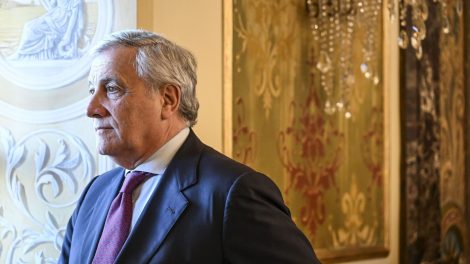Decoding the news. The business meeting in Milan marks a significant step in strengthening bilateral relations, aligning with Saudi Arabia’s Vision 2030 goals and Italy’s ambitions to expand its global industrial footprint. The event coincides with a broader geopolitical movement across the Indo-Mediterranean:
- U.S. Vice President JD Vance is visiting Rome and New Delhi, reaffirming the trilateral dynamic between the U.S., India, and the key European ally.
- Indian Prime Minister Narendra Modi is expected in Saudi Arabia as Riyadh and New Delhi move closer on strategic connectivity and economic cooperation.
Between the lines. The Saudi-Italian partnership isn’t just commercial. It carries geostrategic weight.
- Italy is positioning itself as a hub between Europe and the Middle East.
- Saudi Arabia seeks long-term partnerships with countries combining industrial capacity and cultural capital.
- The focus areas include clean energy (hydrogen), design and manufacturing, infrastructure, and food security.
Zoom out: IMEC, of course. These movements reflect the quiet consolidation of the India-Middle East-Europe Corridor (IMEC), a connectivity initiative launched in 2023 during the G20 in New Delhi and signed by India, Italy, Saudi Arabia, the U.S., UAE, France, Germany, and the EU.
- IMEC aims to link India to Europe via the Gulf through a web of railways, ports, digital infrastructure, and energy corridors.
Italy, India, and Saudi Arabia (and the UAE) are all critical nodes in this corridor. - The Milan forum and Modi’s Jeddah visit signal alignment on trade and a new multilateral infrastructure of influence.
IndoMed is in progress. The Saudi-Italian business dialogue is a much larger story: a shifting global order in which strategic corridors—not just alliances—define connectivity, security, and power projection from the Indo-Pacific to the Mediterranean.




